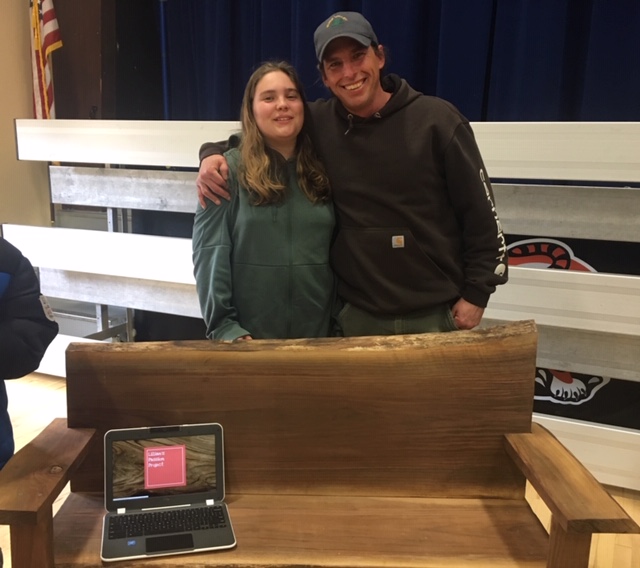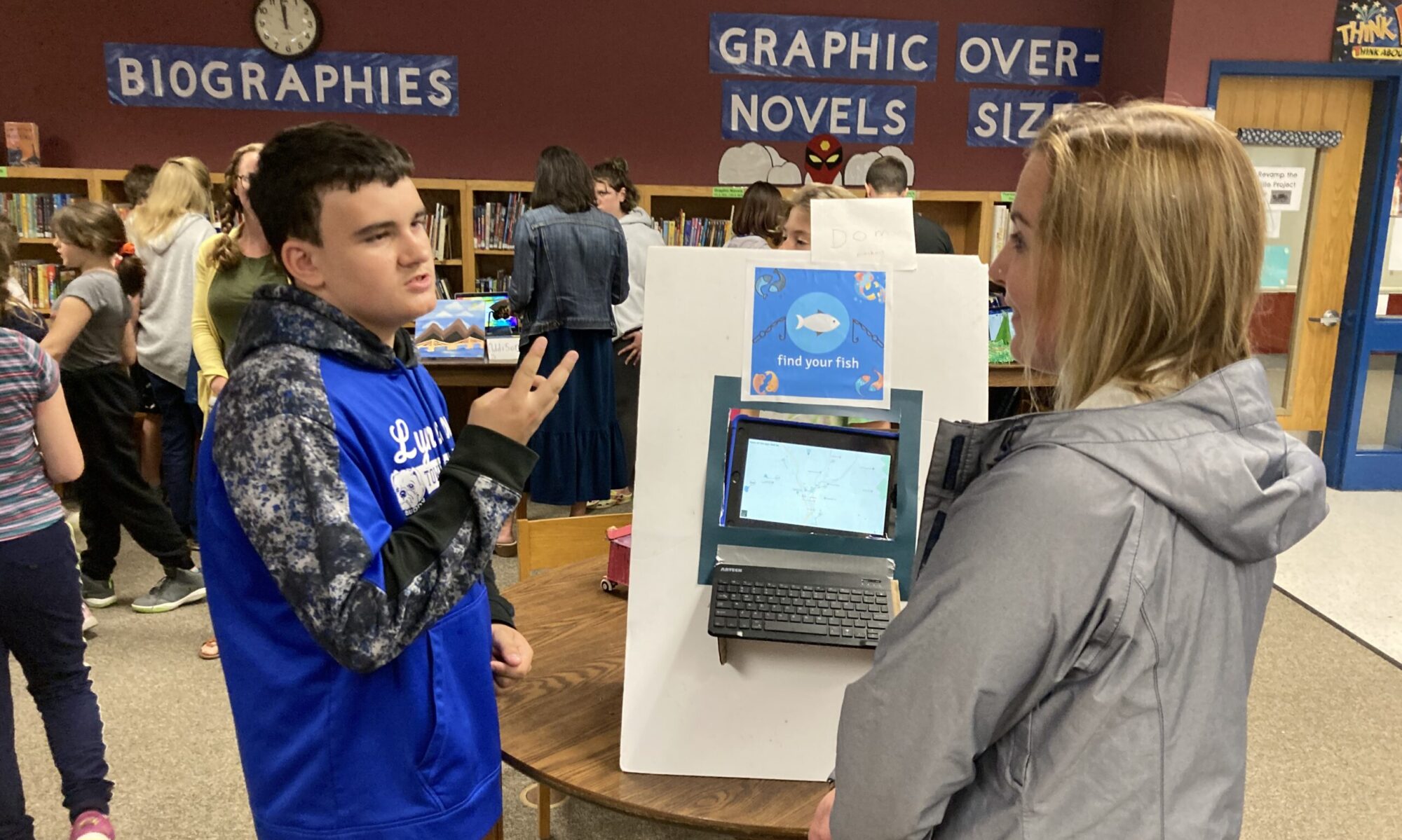Positive emotional energy makes positive learning.
We need systems focused on creating positive and safe climates. We also need, as educators, to be focused on developing, building, and sustaining learning institutions brimming with positive emotions. That is an enormous task, but we can start by having some personal accountability for just ourselves.
- What if our brains were co-dependent on our emotions?
- What if negative experiences caused our brains to shut off?
- And what if positive emotions and positive experiences actually caused our brains to develop and grow?
It turns out, all three may be true according to research released by Linda Darling-Hammond from Stanford University and the Learning Policy Initiative. The research basically finds that emotion and learning are tightly connected. Positive school relationships and positive school experiences actually activate neural pathways.
One key finding from the study is that “The brain’s capacity develops most fully when children and youth feel emotionally and physically safe; when they feel connected, supported, engaged, and challenged.”
When we work in schools or other learning environments, these spaces are full of energy and emotion.
Because of the complex work that is happening, the energy and emotion can contain struggle, stress, disequilibrium. It’s not always positive, and we can’t change that. We can’t control others, but we can be responsible for our own emotions and choices.
I know this is daunting stuff. But here are three ways to start putting positive emotions and climate in the front seat of your work.

1. Build personal connection into your routines
It sounds simplistic, but it can make a huge difference. At my organization, we started a new “Connecting” routine at the start of every meeting day. We begin by sharing a personal response to something that is not school or work-related. For example, “What book is on your nightstand right now?” or “What winter tradition brings you joy”. Taking the time to connect with one another as humans before we get into the grittiness of work has made a huge difference in our satisfaction and productivity.
2. Keep a gratitude journal
Teaching and leading is exhausting and expending work. It’s important to acknowledge what is good and appreciate what you have. What’s more, it’s been proven that practicing gratitude changes your brain. Start with a daily 5 minute practice of writing down three things that you are grateful for at the end of the school day. They may be profound some days. Other days you might write, “I’m grateful for the fresh air that I could breathe during the fire drill” and leave it at that. It still works to appreciate and notice the positive.
(If you would indulge me, I’d love to hear from teachers who have used gratitude journals with their students.)
3. Put face-to-face human interactions first.
I’ve noticed a sad trend in our society as we focus on faster, better, more efficient systems.
We forget to enjoy basic human interaction.
I sometimes stand in line at a coffee shop as the staff jumps around to serve the drive-thru window, makes me wait, and ignores my human face. We’re all doing our best with our fast-paced jobs and lives, but I wish I could just have a moment with them to smile and say, “Hi!” When real humans are in front of us, let’s notice them and enjoy them. The emails and texts and online forms can all wait for a more solitary moment.
“Please take responsibility for the energy that you bring into this space”.
I heard this spoken by Dr. Jill Bolte Taylor on an Oprah podcast while driving home from my night class. This neuroscientist experienced a massive stroke in 1996, and she had the unique opportunity to learn from her own damaged and healing brain. Dr. Taylor experienced something quite remarkable; because she had only a functioning left hemisphere of her brain, she lost the ability to understand speech and memory. She could only access her reality as a current, non-verbal moment in time. She essentially, could only perceive what she describes as “the energy” that another person emits in her presence.
In her hospital recovery, Dr. Taylor understood that she was extremely sensitive to the “energy” of people who visited her, and that included doctors, nurses, and other hospital staff. Since this energy was all that she could perceive and sense, it was critical to her health and well-being. She ultimately created a poster or sign and placed it outside of her room. It said,
“Please take responsibility for the energy that you bring into this space”.
When I think of what Dr. Taylor means by “energy”, I can best sum it up as the collective attitude, emotion, disposition, and behavior of an individual person. I think of energy as related to school climate. In many schools, we are sharing space with hundreds of other individuals. We are part of a system containing multitudes of emotions and attitudes, and each individual’s energy has an impact on one another. That contributes to the climate of the school, and we know that climate is more important than ever.
Because as Darling-Hammond’s research points out,
“Emotions and social relationships affect learning. Positive relationships, including trust in the teacher, and positive emotions, such as interest and excitement, open up the mind to learning.”

Please be mindful and responsible for the emotions that you create within your system. We can bring positive emotional energy to learning — both our own and that of our students.



Thank you so much for this Rachel. I see the importance of this quote, and will carry it with me. Even on hard days, what kind of energy am I bringing into a room of teachers or students?
“Please take responsibility for the energy that you bring into this space”.